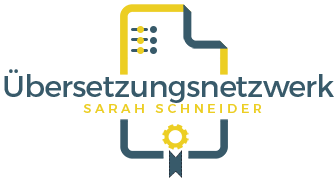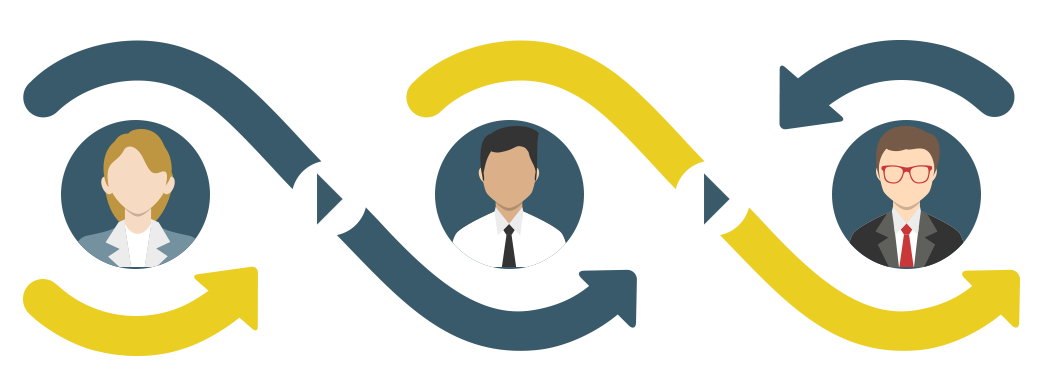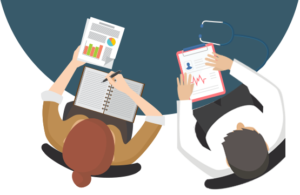Whether specialised translation software, relevant monolingual and bilingual technical dictionaries, professional literature and continuous training in certain fields, we understand the need for being up-to-date with the latest developments and changes in our areas of expertise and all our translators and experts take CPD very seriously.
Quality Assurance
1. The ‘four-eyes’ principle
In order to ensure quality, all our translations undergo proofreading by a second set of eyes within our network. Exactly what form this takes will depend on the text itself and the project. If a second reading by a suitable colleague from the network is insufficient, there is always the possibility to commission an expert in the sector from within our network to carry out the quality inspection.
2. Quality Assurance tools
We use computer-based software – so-called computer-aided translation (CAT) tools – as part of our translation process. In our network, these tools are mainly translation software Trados Studio 2019 and terminology and QA software xBench. They help us maintain consistency in translation over lengthy documents or in situations where multiple translators are needed to work on one document (not ideal, but we understand sometimes time constraints make this unavoidable). They can also shorten our turnaround times, meaning we are able to work to shorter delivery times. These tools also all offer the possibility of checking the completed translation for errors. This means more than just a simple spellchecker, as they can also check that all numbers (DIN standards, ISO, years, etc.) match in the translated version, whether the punctuation at the end of the phrase is correct and whether there is a considerable difference in length between the source language and the translation (which could indicate missing information), etc. These tools can also be set up so that each individual client has their own set of preferences and terminology.
And the native speaker principle?
It stands to reason that only translating into your native language is advantageous. But in limited circumstances, the opposite can also be the sensible option; especially in cases where the source text can be difficult to understand, it makes sense to have a native speaker of the original text do a draft translation which is then corrected and edited by a native speaker of the target language.
Other possible features of source texts
In some cases – especially in highly technical documents – texts may have been written in English by non-native speakers. These texts will, naturally, have issues with interference from the author’s native language onto the English version. In these circumstances, it is highly advantageous when the translator is not only a native speaker of the text, but also speaks the native language of the author, as this makes it much easier to recognise interference and interpret what the text is supposed to be saying. If you have a text written in English by a non-native speaker that you wish to have translated, please let us know the native language of the author at the outset of the project.
So what about machine translation?
There are a limited number of text types which can be suitable for the use of machine translation (MT) and subsequent native speaker post-editing under certain circumstances. If appropriate, it can make sense for very large projects with short delivery times to pre-translate a text using MT software and then to have it post-edited by a specialised translator. Please feel free to get in touch if you have a project you think this process might be applicable for. Please do let us remind you at this point, however, that no decision – especially internal company decisions – should ever be made based on an unedited machine translated document.
Editing and proofreading
In addition to offering just translation, of course we can also help you with the final proofreading of your company brochures, publications, website and advertising materials in all our working languages. We look not only at spelling, grammar, punctuation, etc., but can also advise you on legibility, coherence and consistency in the use of terminology, etc.




 Only then does the actual translation follow using the aids described under and, if applicable, parallel texts. Query sheets may be sent to the customer to answer any questions that arise, and we may consult with our experts (both in parallel with the translation).
Only then does the actual translation follow using the aids described under and, if applicable, parallel texts. Query sheets may be sent to the customer to answer any questions that arise, and we may consult with our experts (both in parallel with the translation). The proofreading will then be carried out by a second translator or, if requested, by a specialist
The proofreading will then be carried out by a second translator or, if requested, by a specialist

